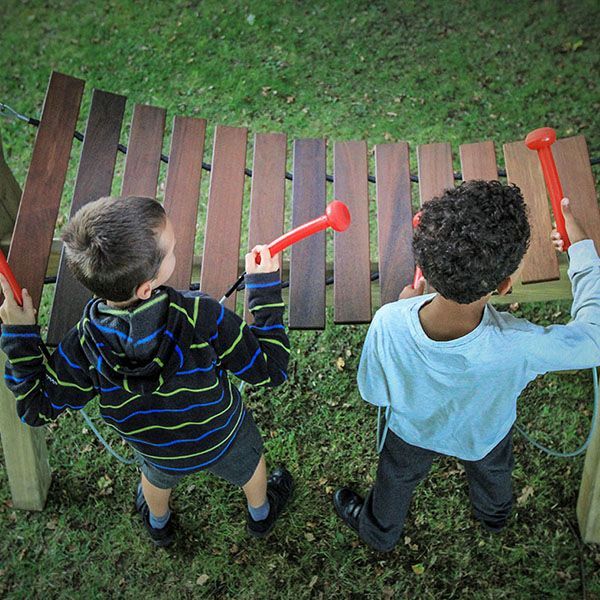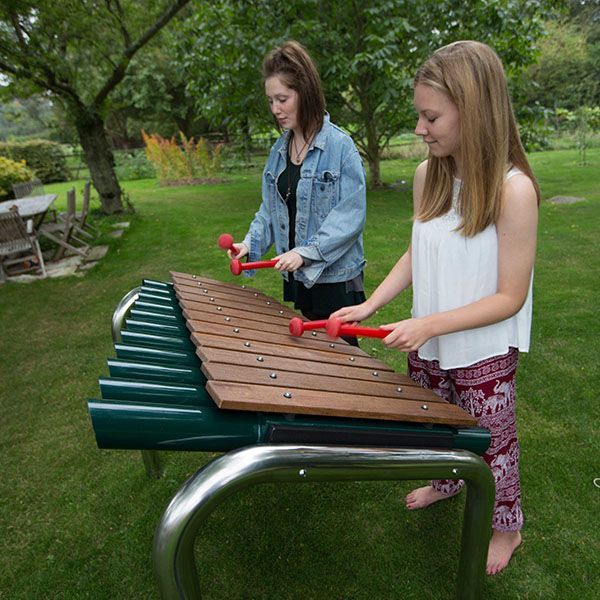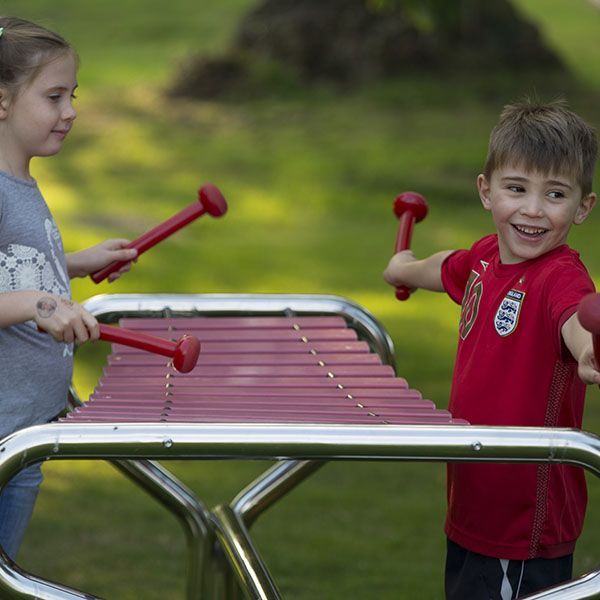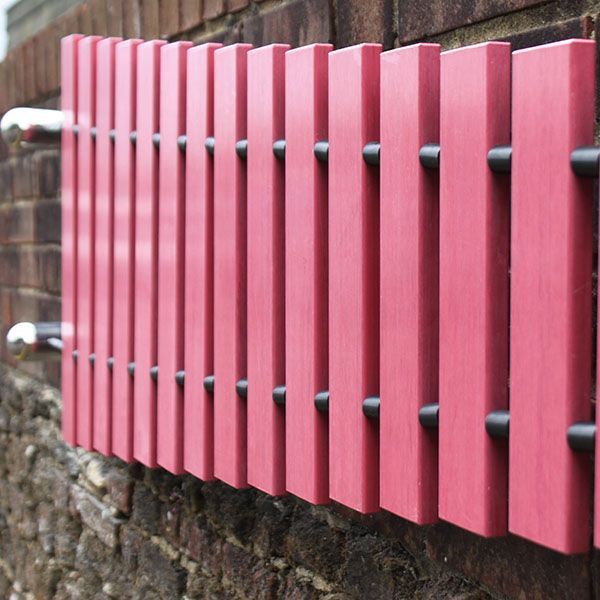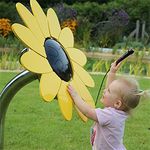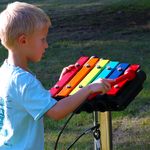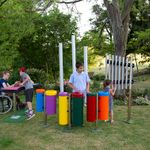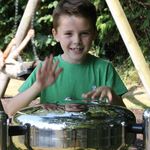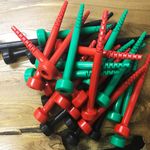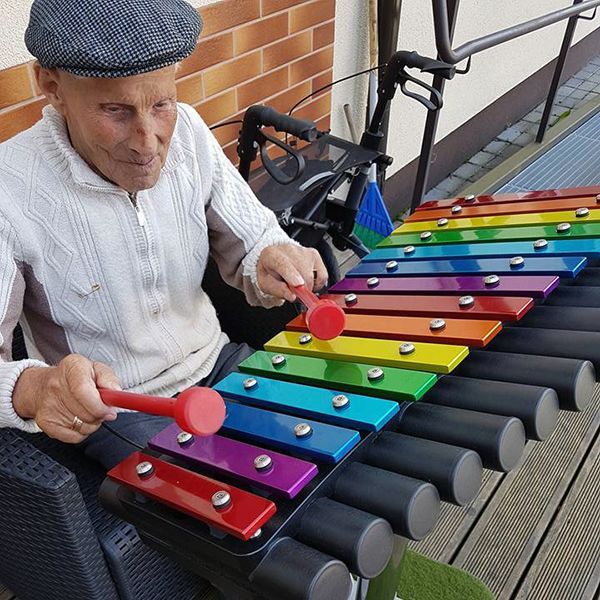These substantial outdoor marimbas are extremely popular and suitable for all ages, from children to seniors. They are perfect for school playgrounds, music therapy sessions, and creative outdoor environments. Our outdoor marimbas allow both musicians and non-musicians to enjoy making music together in engaging outdoor settings.
Marimbas
These substantial outdoor marimbas are extremely popular and suitable for all ages, from children to seniors. They are perfect for school playgrounds, music therapy sessions, and creative outdoor environments. Our outdoor marimbas allow both musicians and non-musicians to enjoy making music together in engaging outdoor settings.
